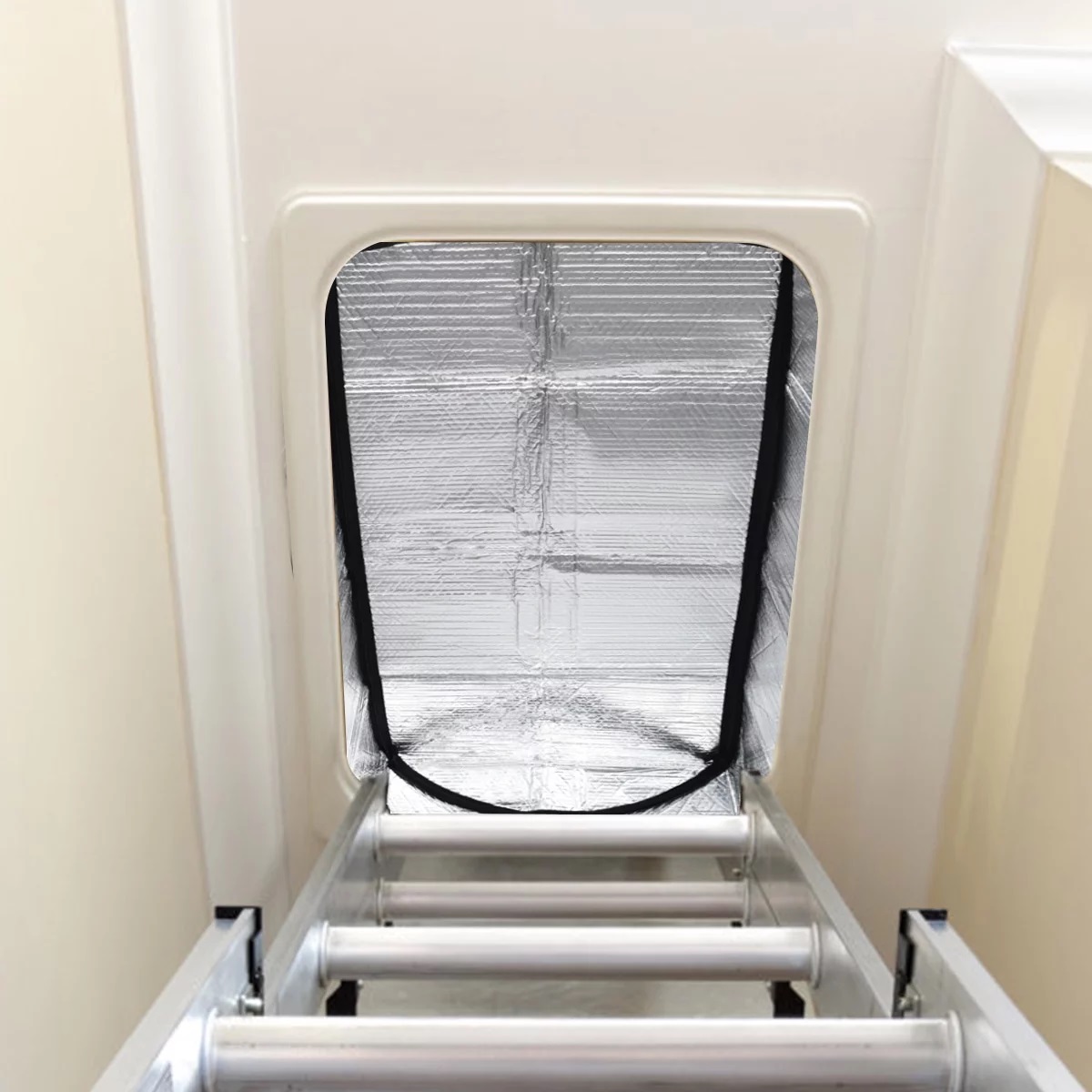

Articles
How To Insulate Attic Stairs
Modified: January 8, 2024
Learn how to properly insulate attic stairs with these informative articles. Increase energy efficiency and keep your home comfortable.
(Many of the links in this article redirect to a specific reviewed product. Your purchase of these products through affiliate links helps to generate commission for Storables.com, at no extra cost. Learn more)
Introduction
Welcome to our comprehensive guide on how to insulate attic stairs! If you have an attic with stairs leading up to it, you are likely familiar with the challenges of maintaining a comfortable temperature throughout your home. Attic stairs are notorious for being a significant source of heat loss in the winter and heat gain in the summer, resulting in increased energy bills and discomfort.
In this article, we will explore the importance of insulating attic stairs and provide you with step-by-step instructions on how to insulate them effectively. By following these guidelines, you can create a more energy-efficient home, improve indoor comfort, and potentially save money on heating and cooling costs.
Before we delve into the specifics of insulating attic stairs, let’s discuss why it is crucial to address this area of your home’s insulation.
Key Takeaways:
- Properly insulating attic stairs can lead to significant energy savings, improved indoor comfort, and extended lifespan of the stairs, ultimately reducing heating and cooling costs and creating a more energy-efficient home.
- When insulating attic stairs, it’s crucial to consider the type of stairs, prepare the area, choose the right insulation material, seal air leaks, and maintain proper ventilation for optimal results and long-term effectiveness.
Read more: How To Insulate Pull Down Attic Stairs
Why Insulate Attic Stairs?
Insulating attic stairs is an essential step towards improving the overall energy efficiency of your home. Here are some key reasons why you should consider insulating your attic stairs:
- Energy Savings: Attic stairs that are not properly insulated can contribute to significant energy loss. When the stairs are not insulated, they act as a pathway for air to escape or enter your home. This can result in increased energy consumption and higher utility bills. By insulating your attic stairs, you can minimize this energy loss and save money in the long run.
- Temperature Regulation: Attic stairs that are not insulated allow hot or cold air from the attic to seep into your living space. This can create discomfort and cause your heating and cooling systems to work harder to maintain a consistent temperature. By insulating the stairs, you can prevent the transfer of unwanted heat or cold, resulting in a more comfortable living environment.
- Improved Indoor Air Quality: Uninsulated attic stairs can also contribute to poor indoor air quality. When air from the attic is allowed to enter your home, it can bring along dust, allergens, and pollutants. Insulating the stairs can help create a barrier that prevents these contaminants from entering your living space.
- Reduced Noise: Attic stairs that are not insulated can allow noise from the attic to disturb the peace and quiet of your home. Insulating the stairs can help minimize the transmission of sound, creating a quieter living environment.
- Extended Lifespan: The insulation acts as a protective layer for your attic stairs, helping to prevent any damage caused by temperature fluctuations, moisture, or condensation. By insulating your attic stairs, you can extend their lifespan and reduce the need for repairs or replacements.
Now that we understand the importance of insulating attic stairs let’s explore the different types of attic stairs that are commonly found in homes.
Types of Attic Stairs
Attic stairs come in various designs and configurations, each with its own advantages and considerations. Understanding the different types of attic stairs can help you determine the best insulation approach for your specific setup. Here are the most common types of attic stairs:
- Folding or Fold-down Stairs: This type of attic stairs is the most popular and widely used. It features a folding design that allows the stairs to be compactly stored in the attic when not in use. Folding stairs typically have a hatch door that covers the opening to the attic. When you need to access the attic, you unfold the stairs and lower them down.
- Sliding Stairs: Sliding stairs, also known as telescopic stairs, consist of multiple sections that slide on top of each other. When needed, the sections extend outwards to create a staircase. Sliding stairs are often used in situations where the ceiling height is limited, as they require less space compared to folding stairs.
- Scissor Stairs: Scissor stairs are a variation of folding stairs that are designed to provide a wider opening to the attic. They have an accordion-like mechanism that allows the stairs to extend and retract horizontally, providing easier access to the attic.
- Pull-down Ladders: Pull-down ladders, also called drop-down ladders, are simple and compact attic access solutions. They consist of a ladder that is hinged at one end and attached to the attic hatch door. To access the attic, you simply pull down the ladder and unfold it.
- Automatic or Motorized Stairs: Automatic or motorized attic stairs offer convenience and ease of use. These stairs feature a motorized mechanism that allows them to be automatically extended and retracted with the push of a button. They are typically operated by a remote control or a wall-mounted switch.
Now that you are familiar with the different types of attic stairs, it’s time to prepare your attic and gather the necessary supplies for insulating the stairs. We will cover this in the next section.
Preparation for Insulation
Before you start the insulation process, it is important to properly prepare your attic and gather the necessary supplies. Here are the steps to follow:
- Clean the Area: Start by clearing any debris or dust from the attic stairs and surrounding area. Remove any obstructions that may hinder the insulation process.
- Inspect the Stairs: Thoroughly examine the attic stairs for any signs of damage, such as loose or broken parts. Repair or replace any damaged components before proceeding with insulation. This will ensure that the stairs are in good condition and provide optimal insulation results.
- Measure the Area: Take precise measurements of the attic stair opening to determine the amount of insulation material needed. Consider the shape and dimensions of the stairs to ensure accurate measurements.
- Gather the Supplies: Procure the necessary supplies for insulation, which typically include insulating material (such as foam board, fiberglass batts, or spray foam), a utility knife, a tape measure, a staple gun (for attaching insulation), and safety equipment (gloves, goggles, and a mask).
- Choose the Insulation Type: Depending on your budget and insulation requirements, select the appropriate type of insulation material. Consider factors such as R-value (thermal resistance), moisture resistance, and ease of installation.
- Ensure Proper Ventilation: Check the attic’s ventilation to ensure proper airflow. Good ventilation helps prevent moisture buildup and maintains the longevity of the insulation. If necessary, install or repair attic vents as part of your insulation project.
- Read the Manufacturer’s Instructions: Familiarize yourself with the manufacturer’s instructions for both the insulation material and any additional tools or products you will be using. Adhering to the instructions will help you achieve the best results and ensure safety during the insulation process.
Once you have completed these preparation steps, you are ready to start insulating your attic stairs. In the next section, we will provide you with a step-by-step guide to insulate the attic stairs effectively.
Consider using a pre-made insulating cover or creating a DIY cover using foam board and weatherstripping to effectively insulate attic stairs and prevent heat loss.
Insulating Attic Stairs Step by Step
Insulating your attic stairs is a relatively straightforward process if you follow the proper steps. Here is a step-by-step guide to help you insulate your attic stairs effectively:
- Measure and Cut the Insulation: Measure the dimensions of the attic stair opening and cut the insulation material accordingly, ensuring a snug fit. Use a utility knife to cut through foam board or fiberglass batts, or use spray foam insulation for a more expansive coverage.
- Attach the Insulation Material: Secure the insulation material to the attic side of the stair opening using a staple gun or adhesive, depending on the type of insulation you are using. Make sure the insulation covers the entire area, including the sides and the hatch door, to prevent air leakage.
- Seal Gaps and Cracks: Inspect the area around the attic stairs for any gaps or cracks that may allow air to escape or enter. Use caulk or weatherstripping to seal these gaps to ensure maximum insulation efficiency.
- Insulate the Hatch Door: If your attic stairs have a hatch door, it is crucial to insulate it as well. Attach insulation material to the inner side of the hatch door, making sure it is tightly secured and covers the entire surface.
- Consider Adding a Radiant Barrier: For enhanced insulation performance, you may opt to install a radiant barrier to the attic side of the stairs. This reflective material helps block heat transfer, keeping your home cooler in the summer and warmer in the winter.
- Test the Stairs: Once you have completed the insulation process, test the attic stairs to ensure smooth operation and proper sealing. Open and close the stairs a few times to confirm that the insulation does not obstruct the stairs’ movement.
Following these steps will help you effectively insulate your attic stairs and minimize heat loss or gain through the opening. However, there are a few additional tips and considerations to keep in mind during the insulation process, which we will discuss in the next section.
Read more: How To Add Stairs To Attic
Additional Tips for Insulation
While the step-by-step guide outlined in the previous section provides a solid foundation for insulating your attic stairs, here are some additional tips and considerations to ensure optimal results:
- Wear Protective Gear: As you work with insulation materials, it is crucial to protect yourself. Wear gloves, goggles, and a mask to prevent any skin irritation, eye injury, or respiratory issues.
- Choose the Right Insulation Material: Consider factors such as the attic’s climate, your budget, and the existing insulation in the attic when selecting insulation material. This will ensure you choose the most suitable option for your needs and maximize energy efficiency.
- Seal Any Air Leaks: Insulation alone is not sufficient to effectively prevent air leakage. Before insulating, inspect the attic stairs, hatch, and surrounding area for any gaps, cracks, or drafty spots. Seal these air leaks with caulk, weatherstripping, or foam sealant to enhance insulation performance.
- Consider HVAC System Considerations: If your HVAC system is located near the attic stairs, pay attention to its proximity during insulation. Ensure that the insulation does not obstruct the HVAC system’s airflow or vents, as this could impact its efficiency.
- Insulate Other Attic Access Points: Attic stairs are not the only potential sources of heat loss or gain. If you have additional access points, such as access panels or doors, insulate them as well to maintain consistent insulation throughout the attic space.
- Maintain Adequate Ventilation: While insulation is essential for energy efficiency, it is equally important to maintain proper attic ventilation. Ensure that your attic has adequate ventilation to prevent moisture buildup, condensation, and potential damage to the insulation and the structural integrity of your home.
- Regularly Inspect and Maintain: Insulation is not a one-time solution. Regularly inspect your attic stairs and the surrounding insulation for any signs of wear, damage, or deterioration. Replace or repair insulation as needed to maintain its effectiveness.
By following these additional tips and incorporating them into your insulation process, you can achieve a more efficient and effective insulation of your attic stairs. Let’s summarize what we’ve learned in the next section.
Conclusion
Insulating your attic stairs is a crucial step in optimizing the energy efficiency and comfort of your home. By properly insulating the stairs, you can minimize heat loss in the winter, heat gain in the summer, and ultimately reduce your energy consumption and utility bills. Additionally, insulating attic stairs helps maintain a consistent temperature, improves indoor air quality, reduces noise transmission, and extends the lifespan of the stairs.
In this article, we have explored the importance of insulating attic stairs and provided you with a comprehensive guide on how to insulate them effectively. We discussed the different types of attic stairs commonly found in homes, outlined the preparation steps required before insulation, and provided a step-by-step process to insulate the attic stairs properly. Additionally, we offered additional tips and considerations to ensure optimal insulation results.
Remember to wear protective gear, choose the right insulation material, seal any air leaks, consider HVAC system considerations, and maintain adequate attic ventilation throughout the insulation process. Regularly inspect and maintain the insulation to ensure its long-lasting effectiveness.
By following these guidelines, you can create a more energy-efficient home, improve indoor comfort, reduce your carbon footprint, and potentially save money on heating and cooling costs. Don’t underestimate the impact that insulating your attic stairs can have on your overall energy consumption and the comfort of your living space. Take action today to start enjoying the benefits of a well-insulated attic stairway.
Frequently Asked Questions about How To Insulate Attic Stairs
Was this page helpful?
At Storables.com, we guarantee accurate and reliable information. Our content, validated by Expert Board Contributors, is crafted following stringent Editorial Policies. We're committed to providing you with well-researched, expert-backed insights for all your informational needs.
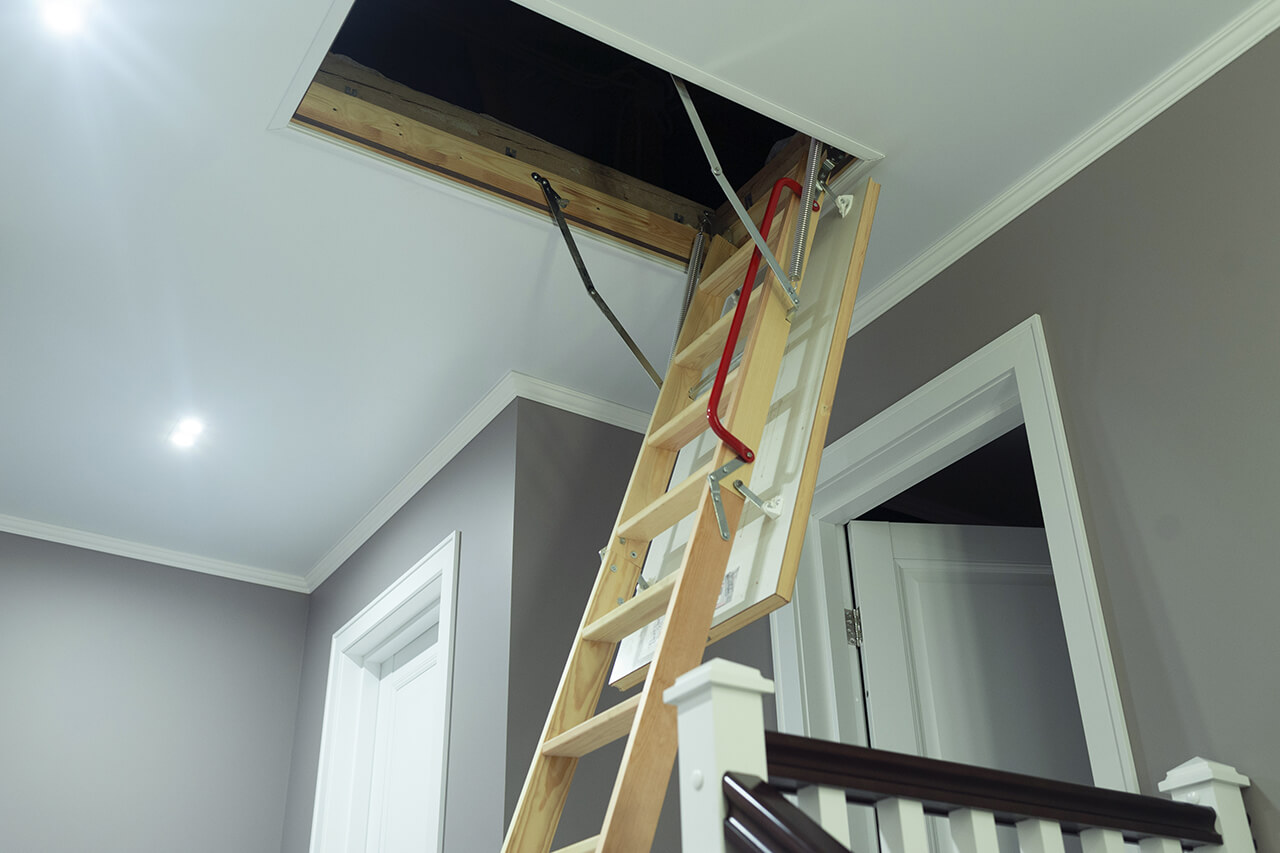
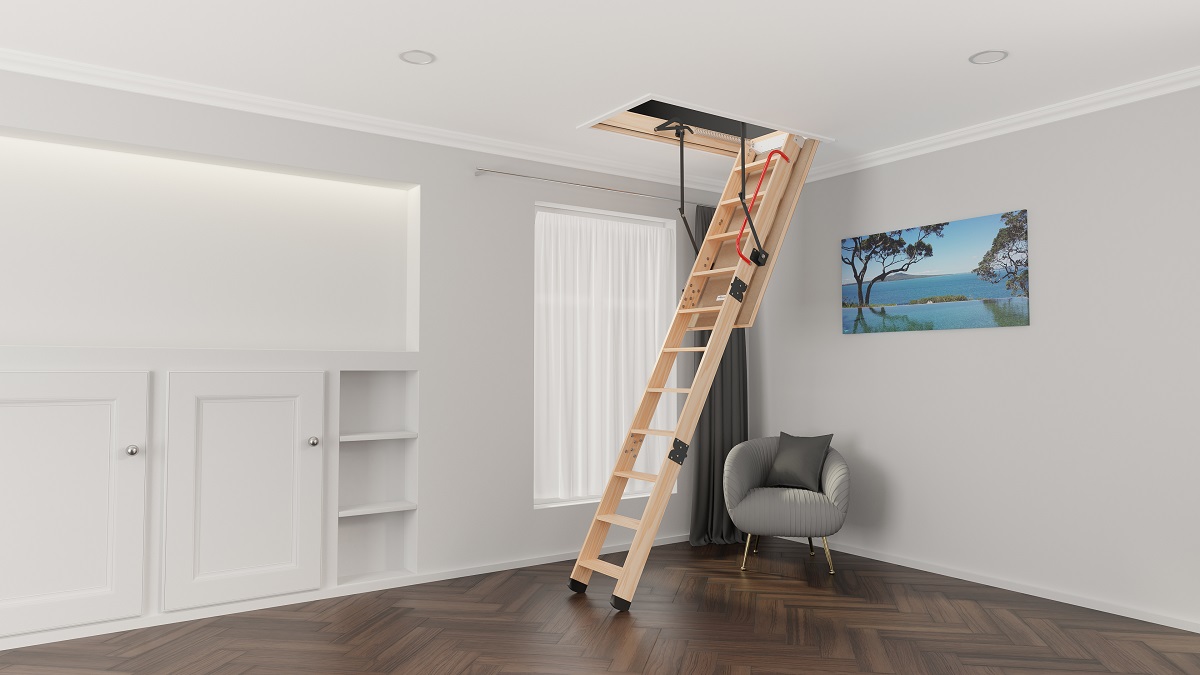
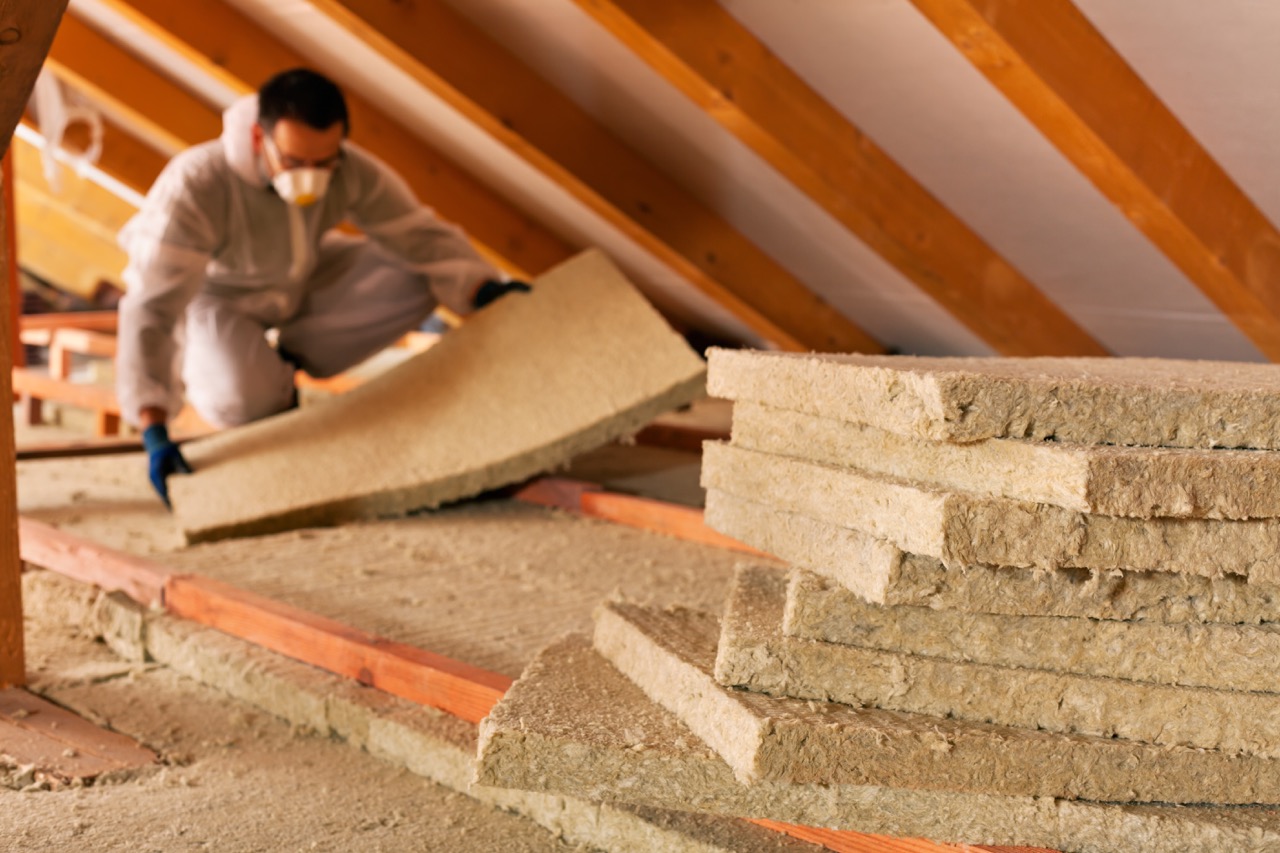
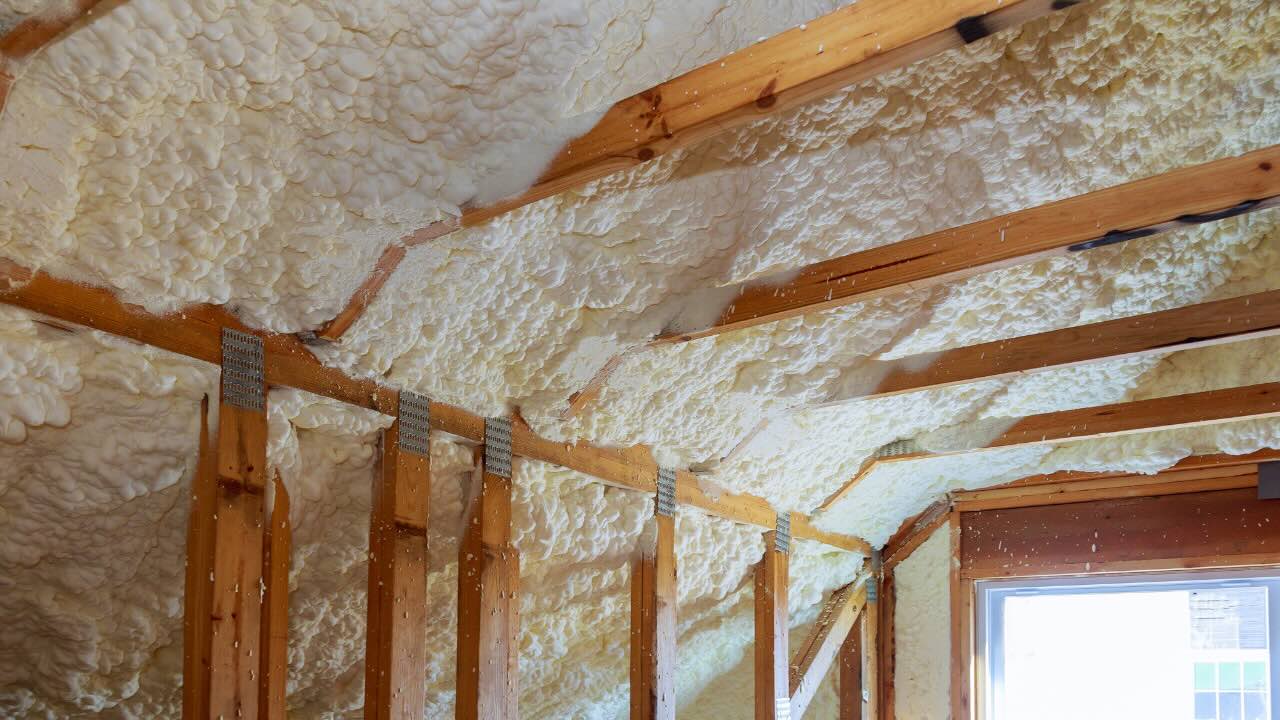
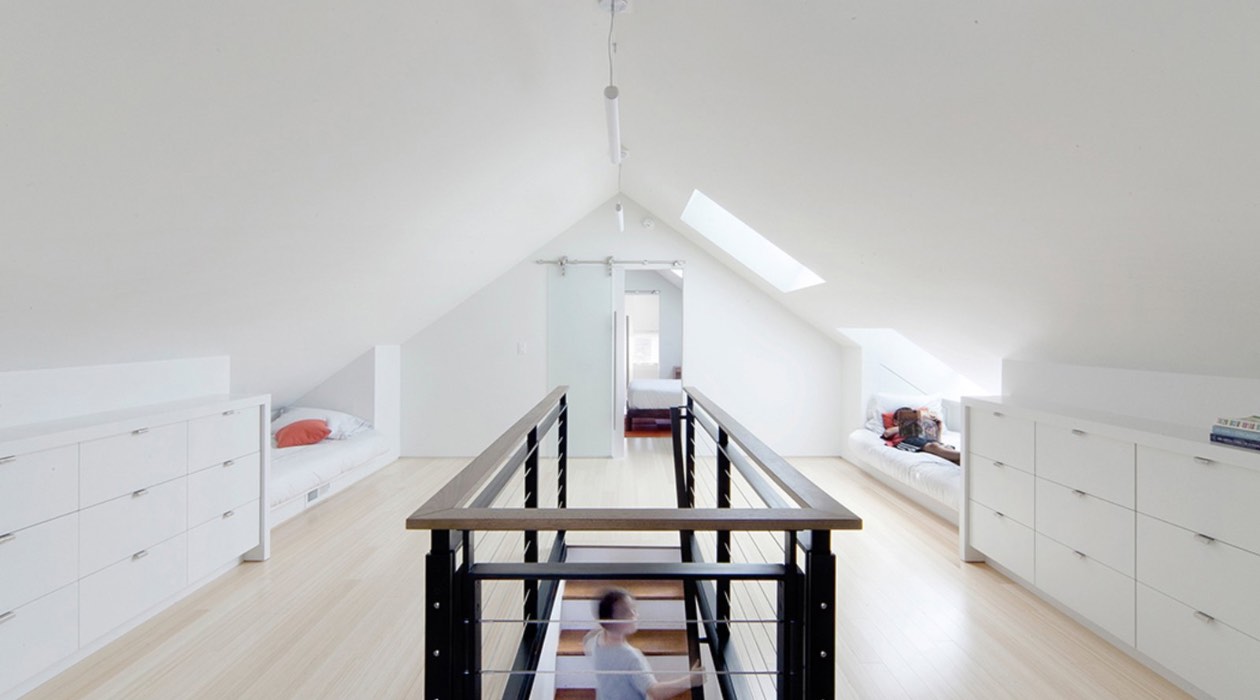
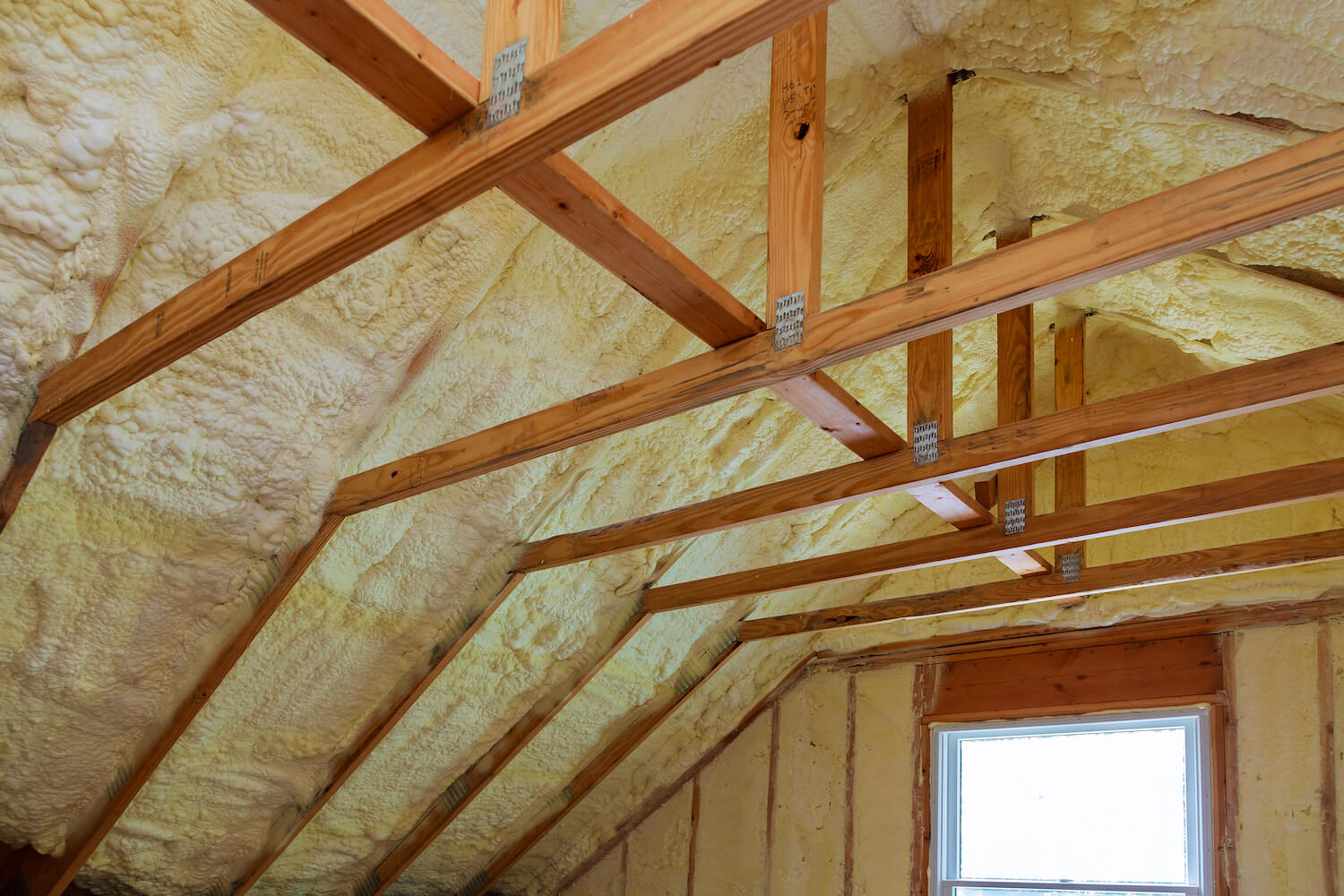
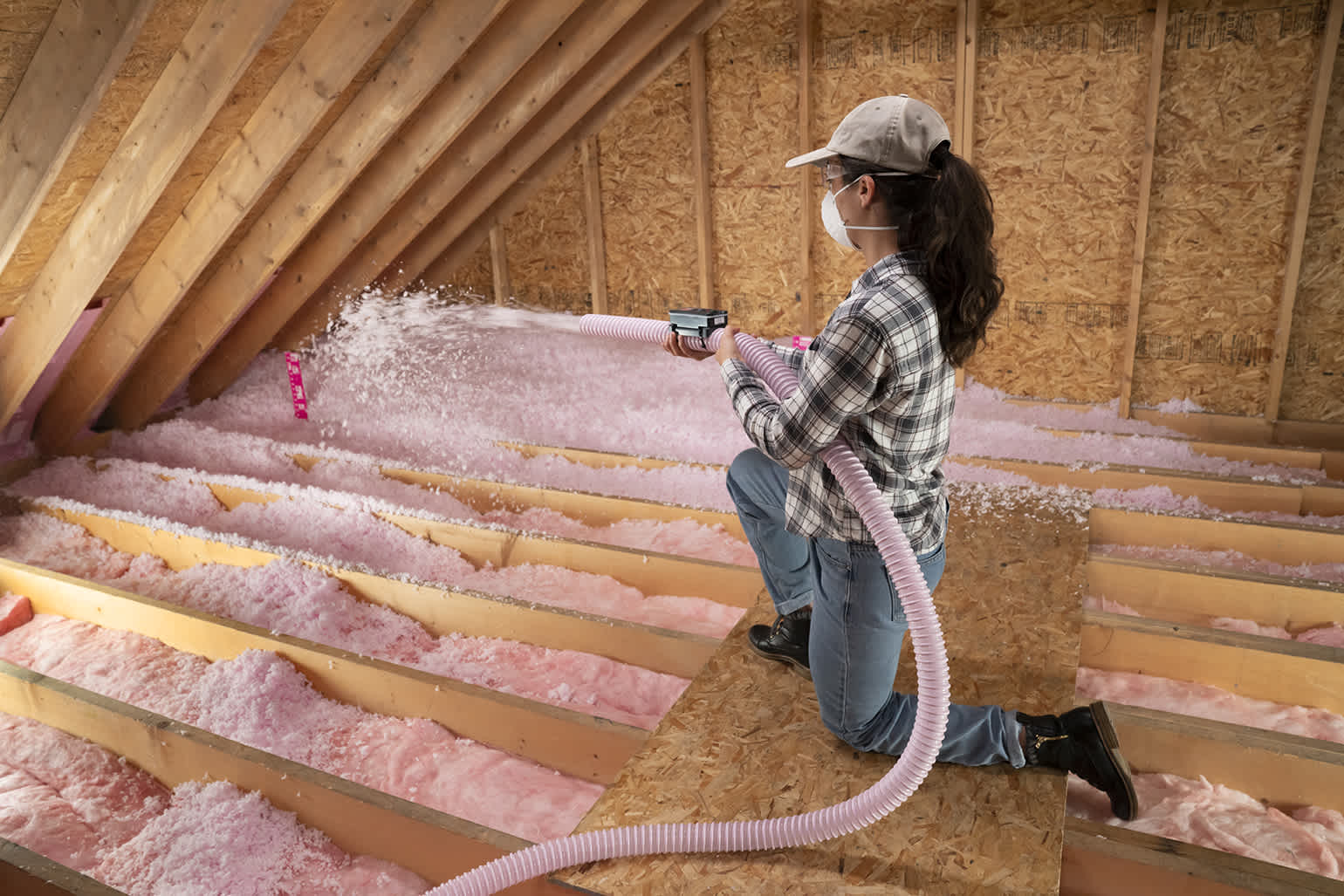
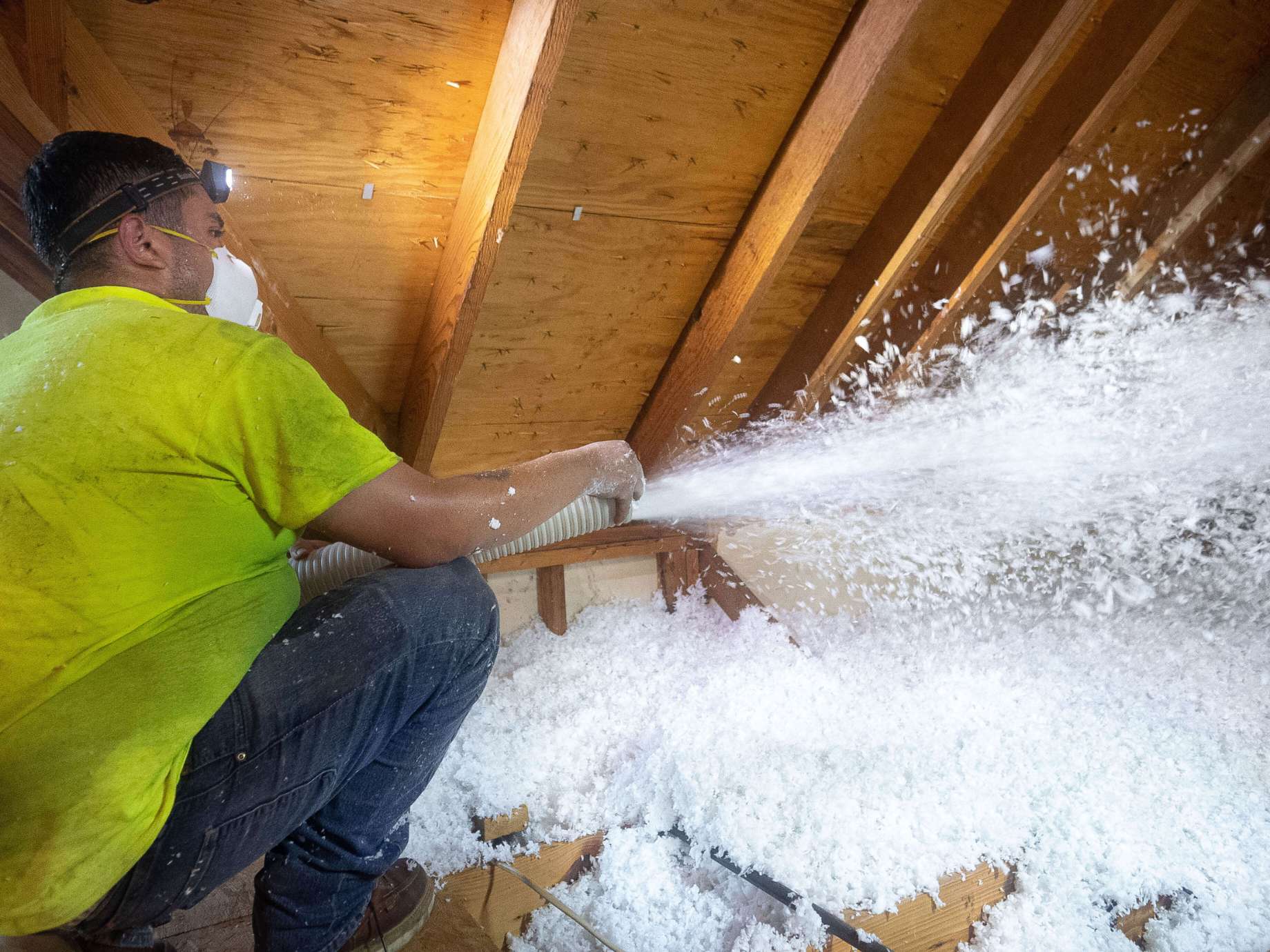
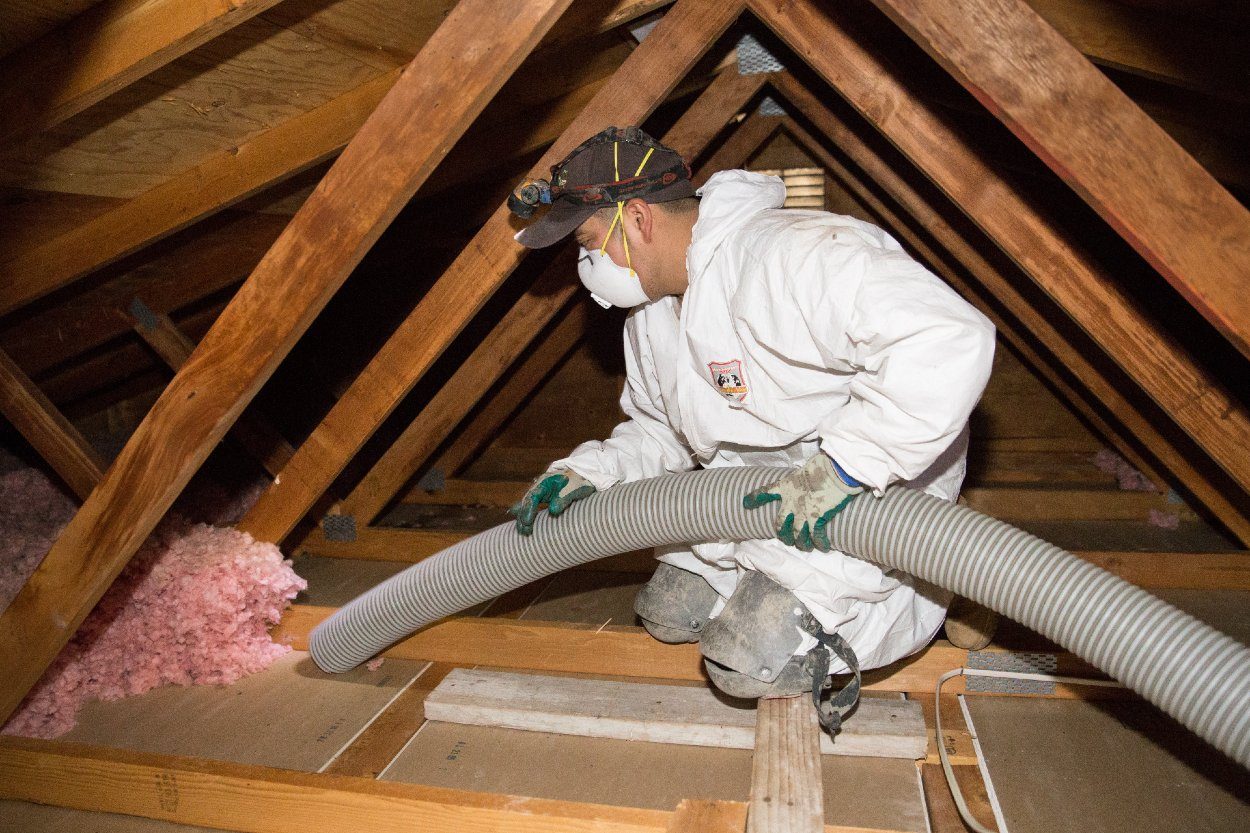
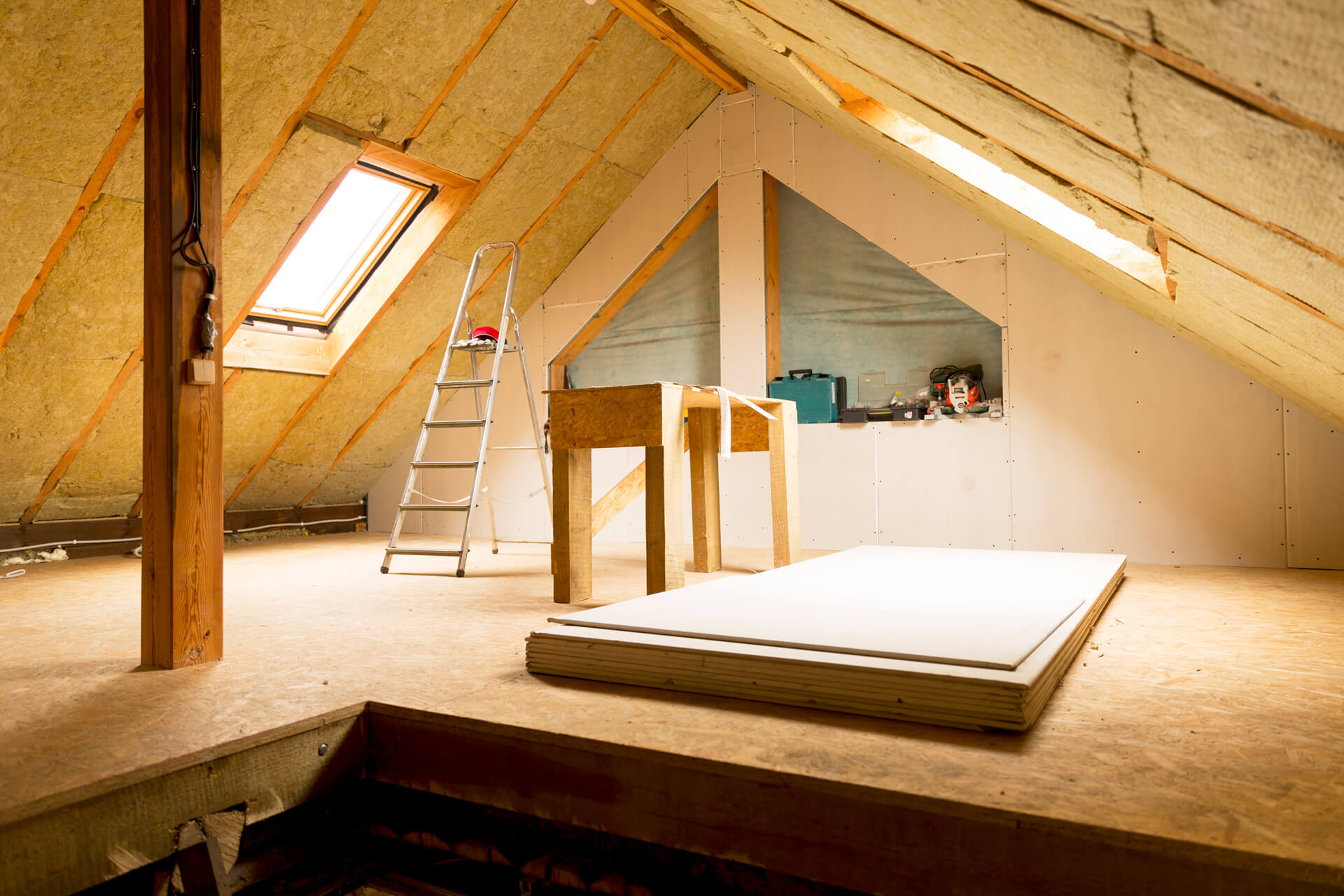
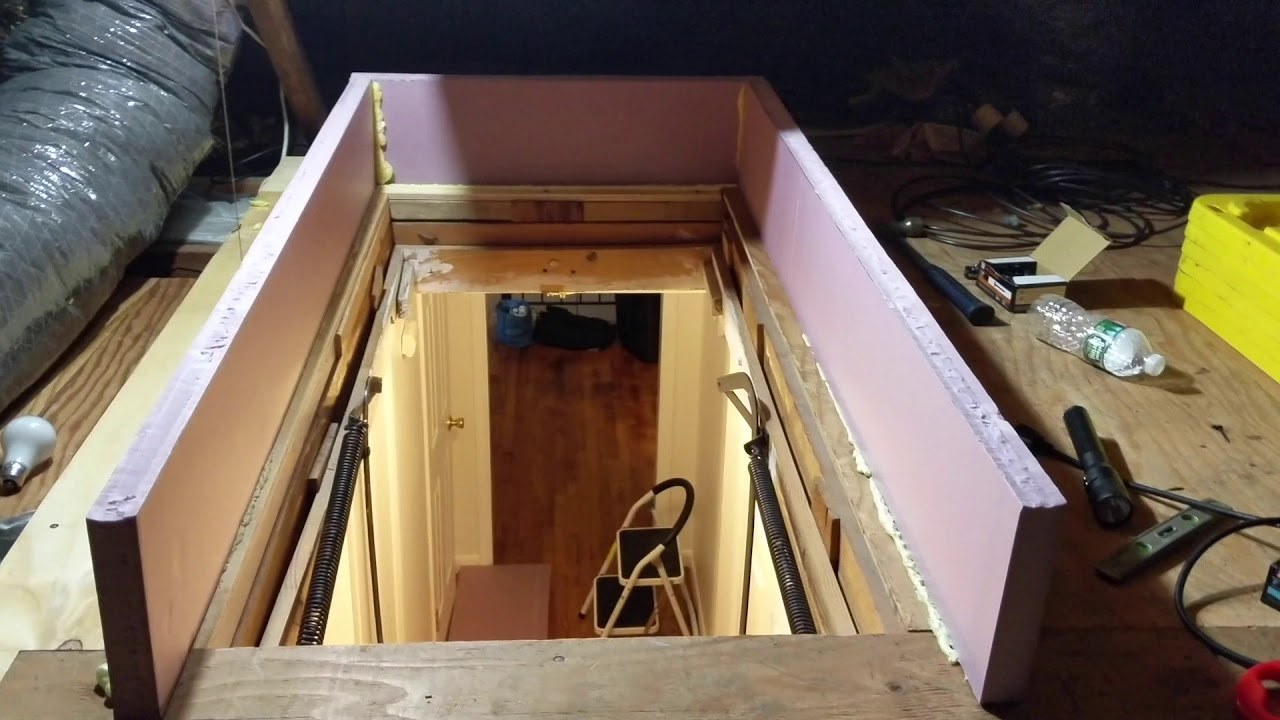
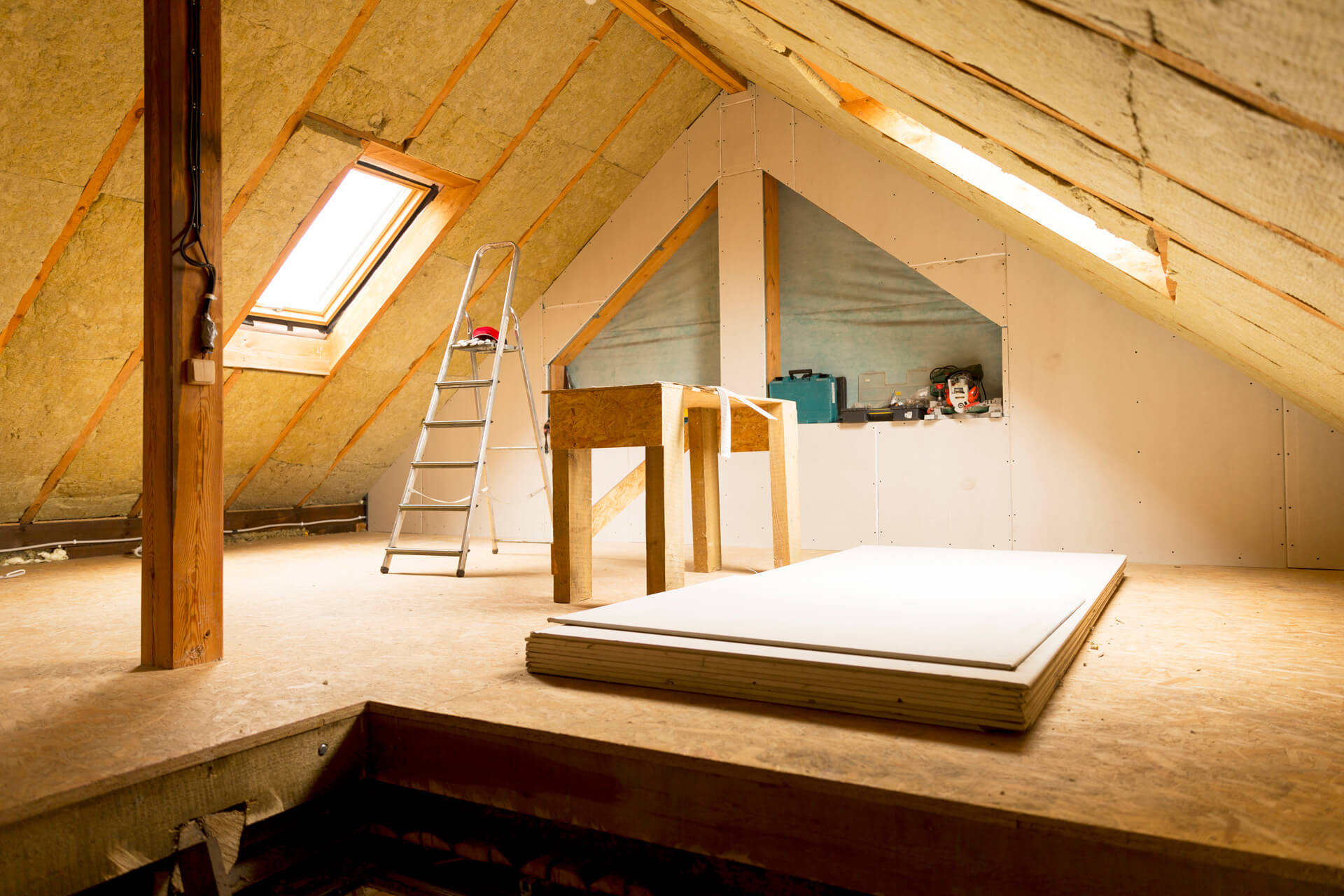
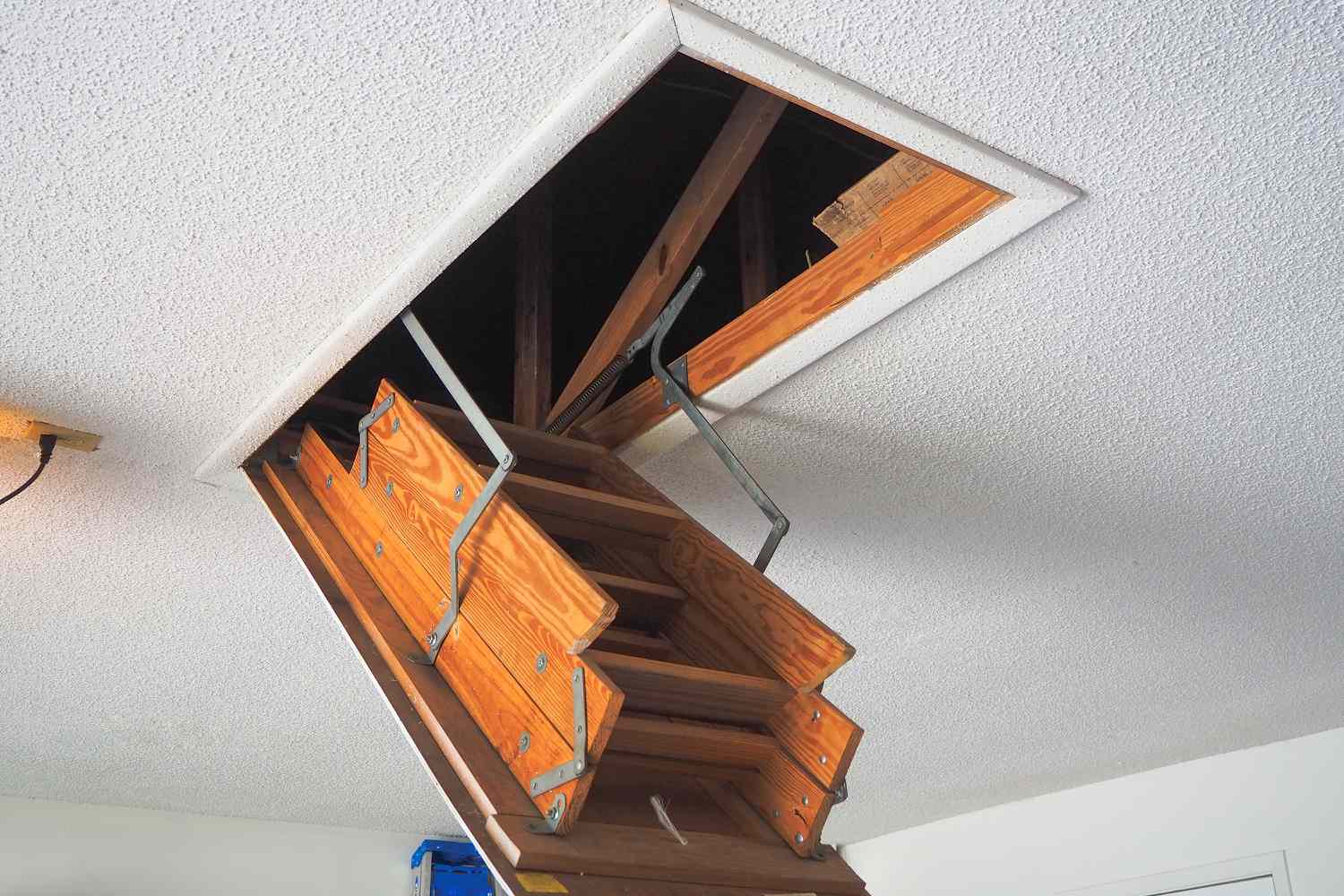
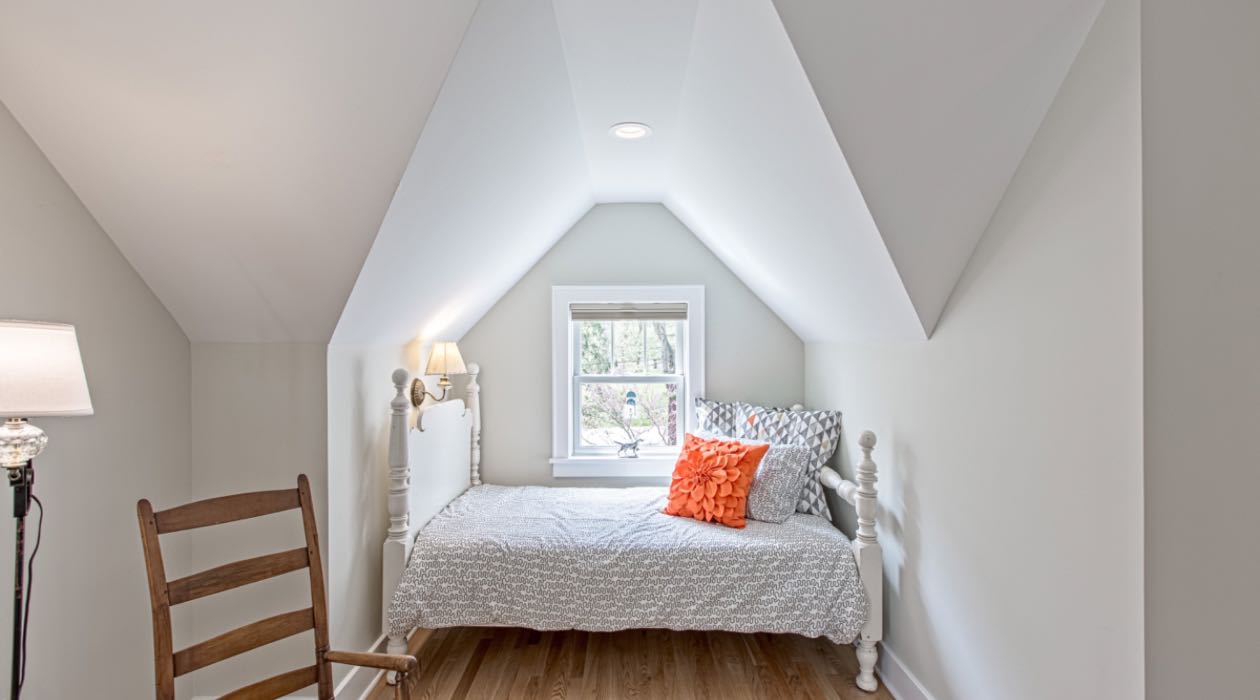

0 thoughts on “How To Insulate Attic Stairs”